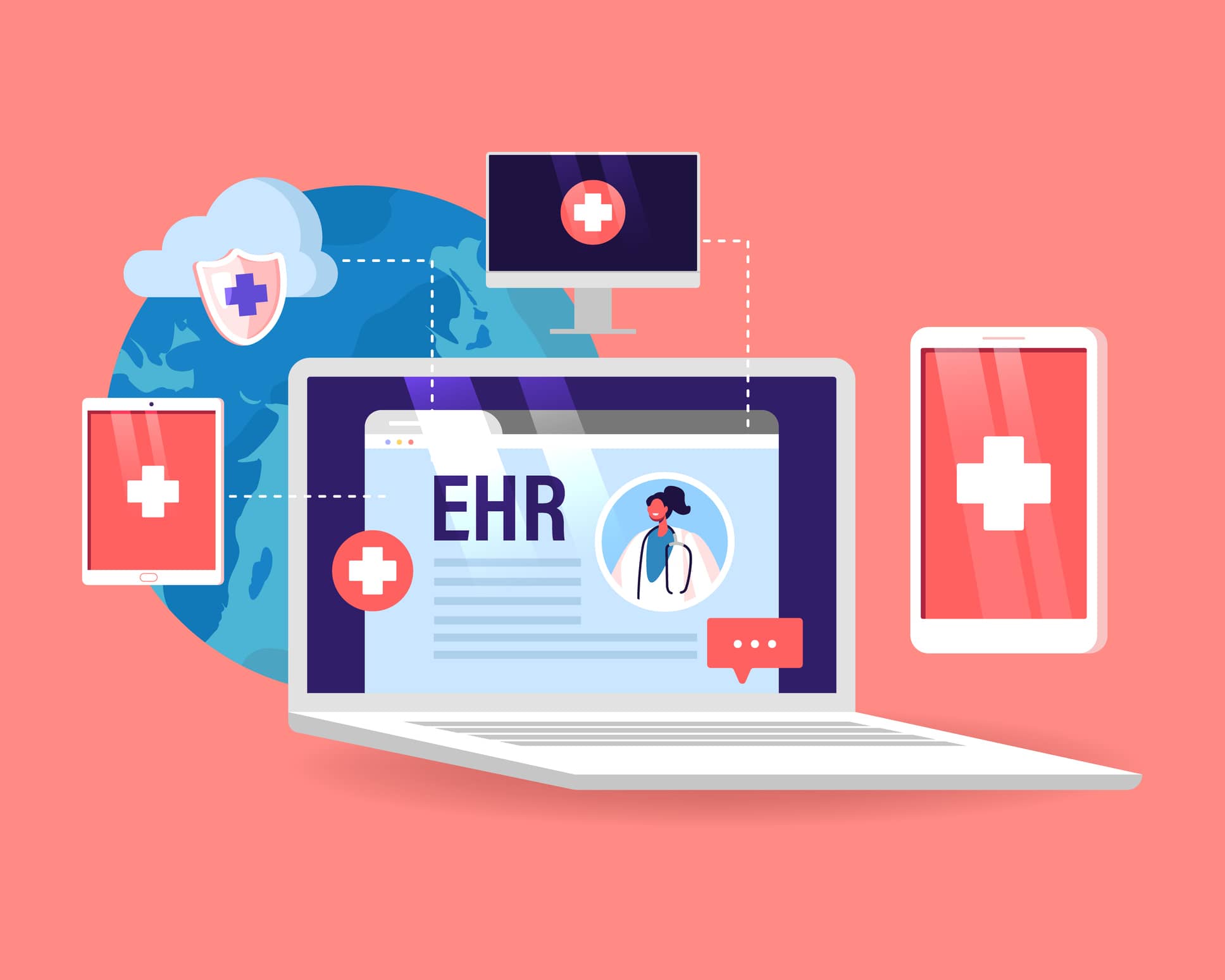
Federal Funding Aims to Spur Greater EHR Implementation
The federal government hopes to spur adoption of electronic health records (EHRs) and will invest nearly $1.2 billion in grants to help providers computerize their records. The funding is part of the government’s $787 billion economic stimulus package.
“There’s a fundamental flaw in the current healthcare system,” said U.S. Department of Health and Human Services (HHS) Secretary Kathleen Sebelius in announcing the grants along with Vice President Joe Biden. “We are spending more money than other countries but have mixed health results.”
Adoption of electronic health records represents one strategy the government has for improving care and saving money by reducing redundant testing. Sebelius called electronic records fundamental to reforming the healthcare system.
“Electronic health records can help reduce medical errors, make health care more efficient and improve the quality of medical care for all Americans,” Sebelius added in a prepared statement.
The American Recovery and Reinvestment Act of 2009 will fund the grants. The program includes $598 million to establish approximately 70 Health Information Technology Regional Extension Centers (HITEC), which will provide hospitals and clinicians with hands-on technical assistance in the selection, acquisition, implementation and meaningful use of certified electronic health record systems.
David Blumenthal, HHS national coordinator for health information technology, has likened these centers to the agricultural centers the government set up early in the 20th century for farmers. He said the centers will assist small practices and primary care providers and that hospitals will qualify for support.
In addition, the government will provide $564 million to states and qualified state-designated entities to support the development of mechanisms for information sharing within an emerging nationwide system of digital networks, so health records can travel across settings and communities. Each state must develop a plan, Blumenthal said.
The government will award the HITEC grants in three rounds, beginning in fiscal year 2010. State grants also will be made that year.
“These grants will help ensure more doctors and hospitals have the tools they need to use this critical technology,” said Sebelius, indicating this money represented only the first wave of resources to support health information technology.
Starting in 2011, the Centers for Medicare & Medicaid Services (CMS) plans to offer reimbursement incentives to providers that are “meaningful users” of electronic health records. The incentive payments start in 2011, and by 2015 all providers are expected to be actively using an electronic health record. Blumenthal said he anticipates CMS to define meaningful use by the end of the year, and a final rule will be in place by spring 2010.
“There will be no definitive guidance until the rule making is provided,” Blumenthal said.
Recommendations by the Health Information Technology Committee Meaningful Use Workgroup, chaired by Paul Tang, MD, MS, vice president and chief medical information officer of the Palo Alto Medical Foundation in California, and George Hripcsak, MD, MS, chair of the department of biomedical informatics at Columbia University in New York, include a requirement that by 2011 all orders be placed on a computerized provider order entry system and permissible prescriptions be electronically transmitted to a pharmacy.
Blumenthal called EHR security provisions to protect patient privacy essential and required by law. He indicated the government will ensure the records are secure and will develop new methods for protecting them.
The federal government also will create a Health Information Technology Research Center to help the regional centers collaborate. It also will serve as a national clearinghouse to identify and share best practices.
Although the terms electronic health records (EHRs) and electronic medical records (EMRs) are sometimes used interchangeably, the government is using the term electronic health record (EHR), which HIMSS Analytics defined in a 2006 white paper as a record owned by the patient and has patient input. Access spans across care delivery organizations within a community, region or state. An EMR is the legal record of care provided to the patient, and helps to populate the EHR, along with other information. The National Alliance for Health Information Technology proposed similar definitions in 2008.
Kalorama Information, a research firm, forecasts that, due to the government’s emphasis and support for electronic records, the $10.8 billion annual electronic medical record market will grow by 14 percent annually through 2012.
© 2009. AMN Healthcare, Inc. All Rights Reserved.
